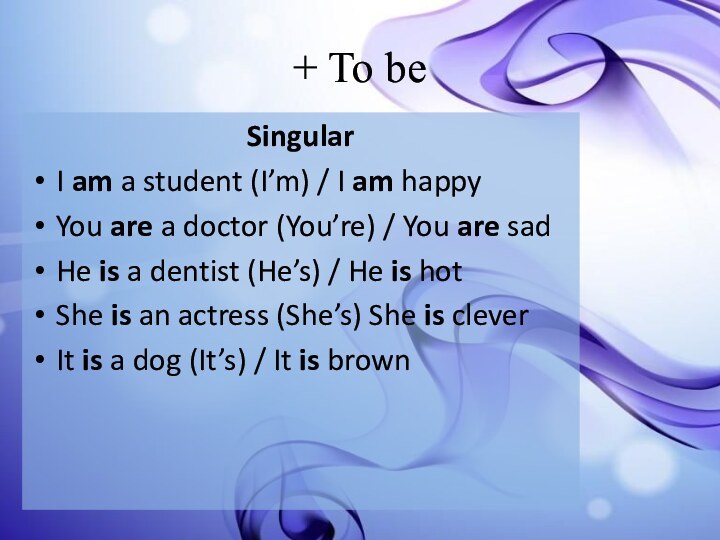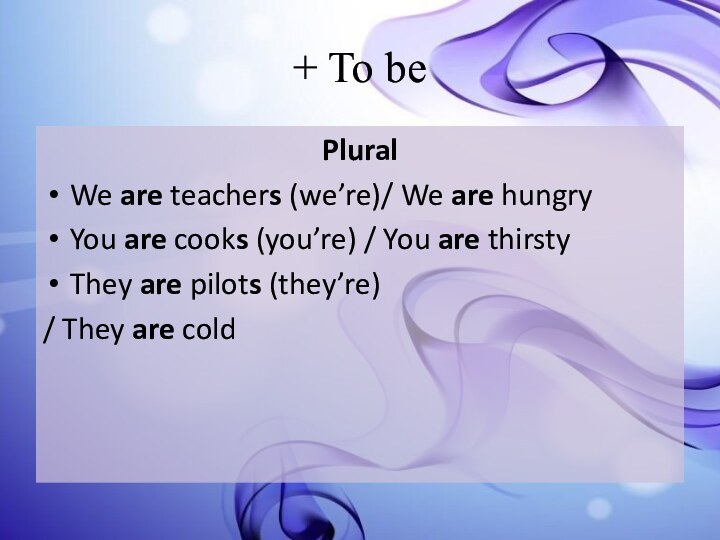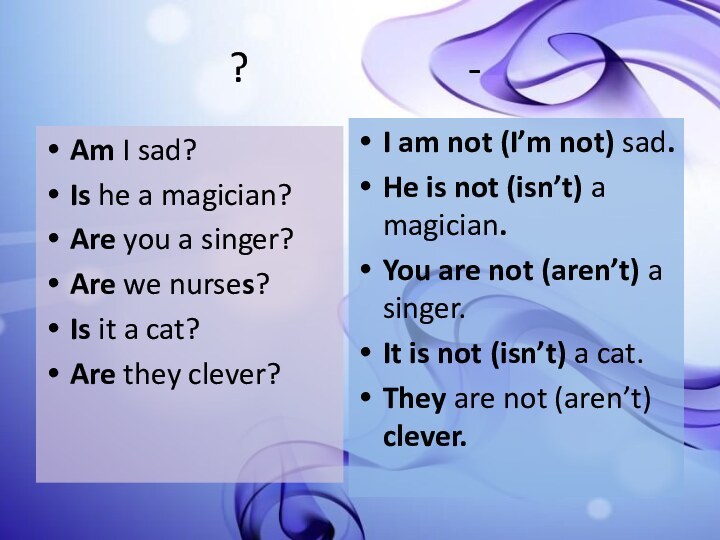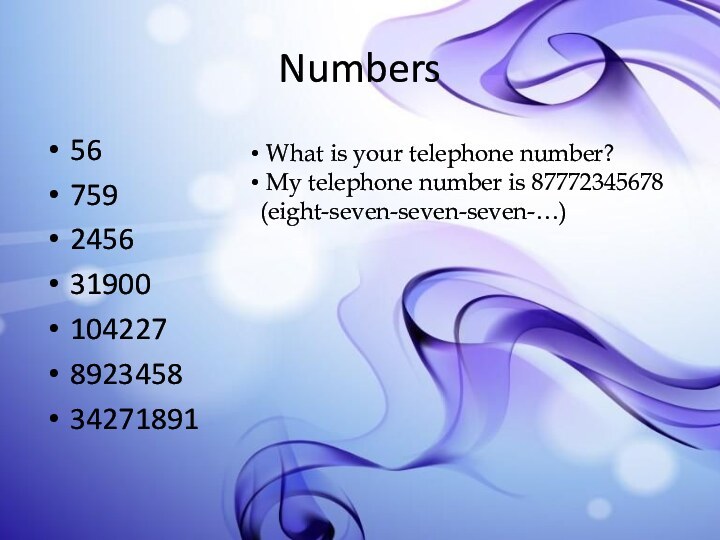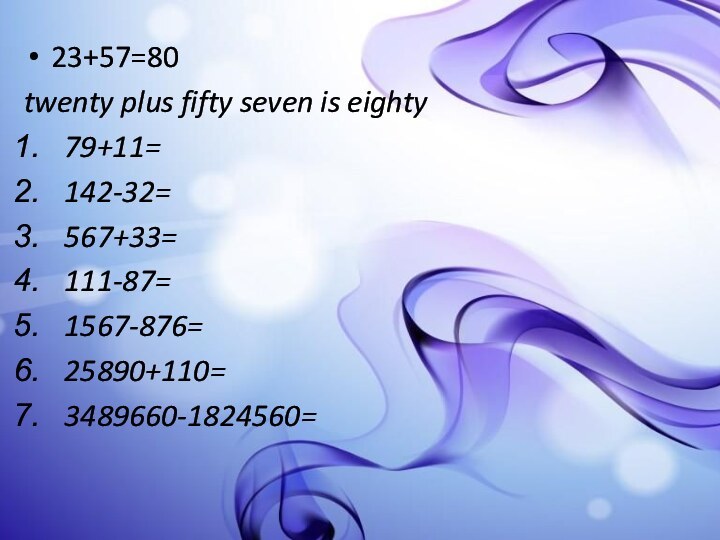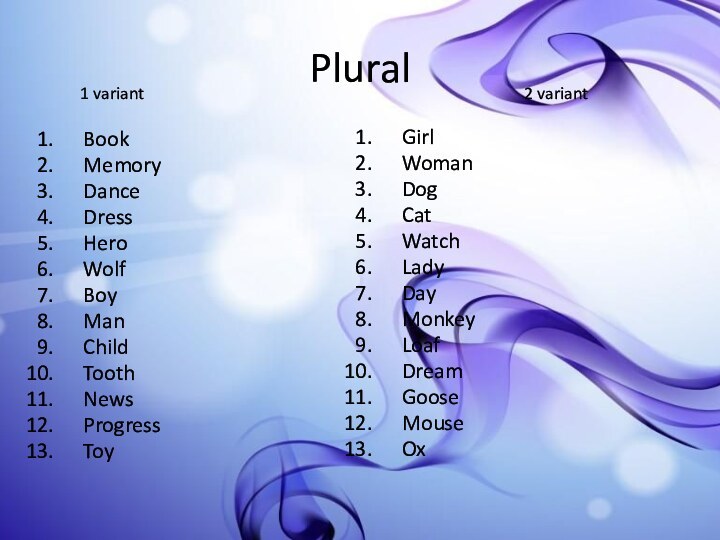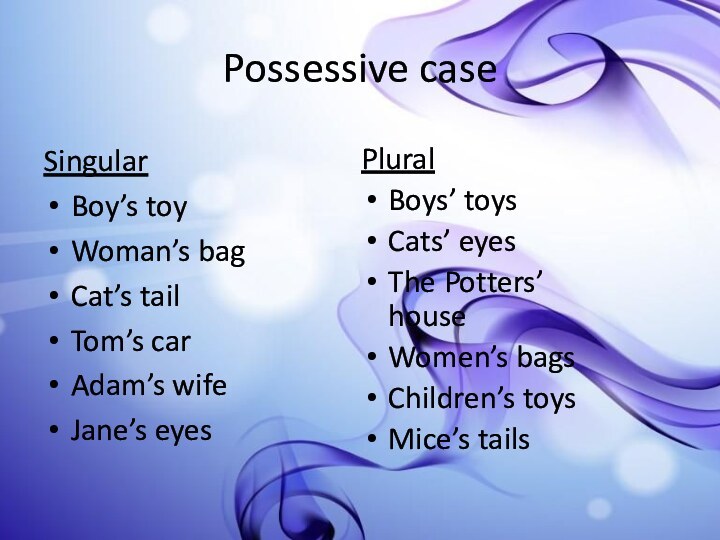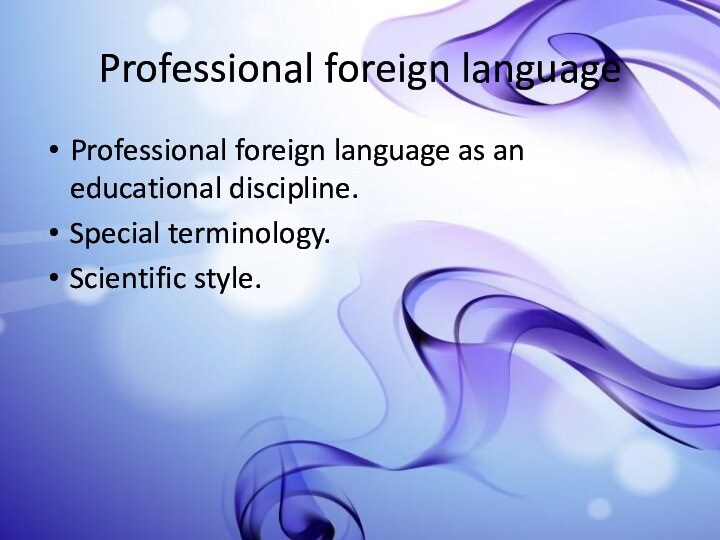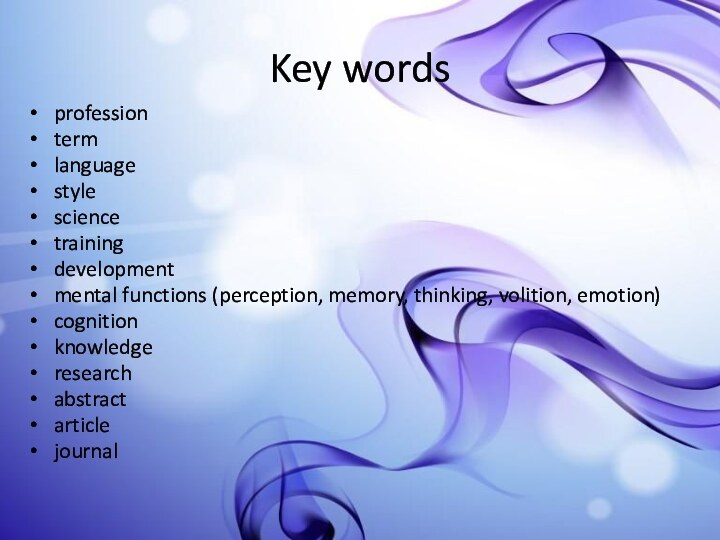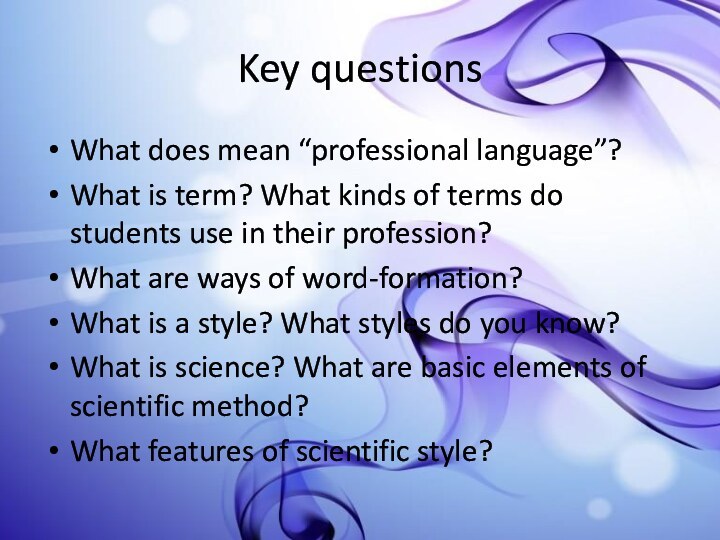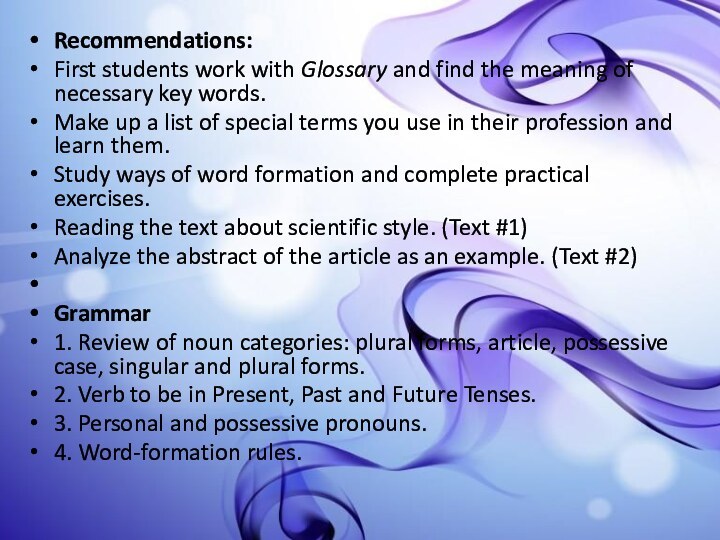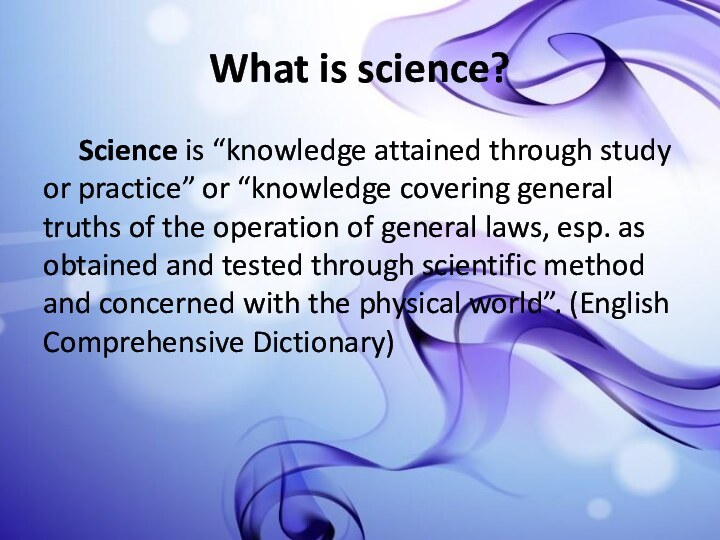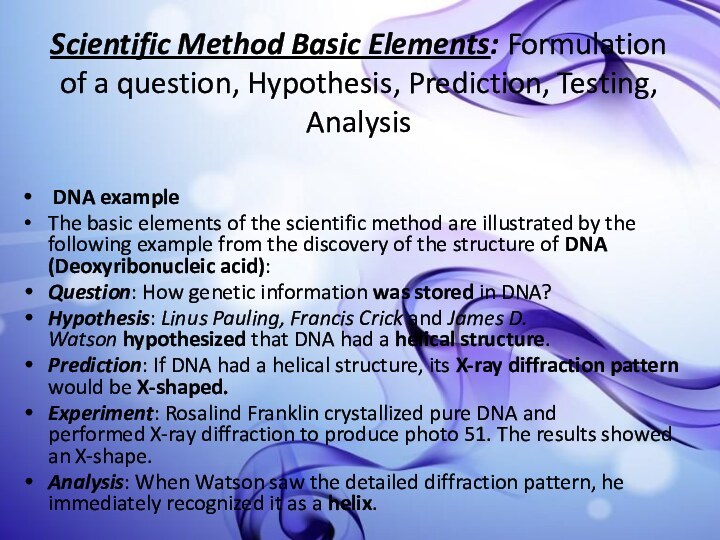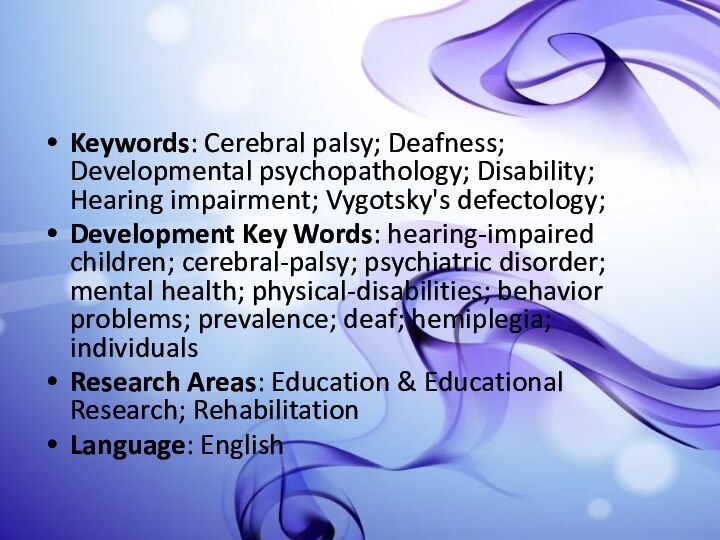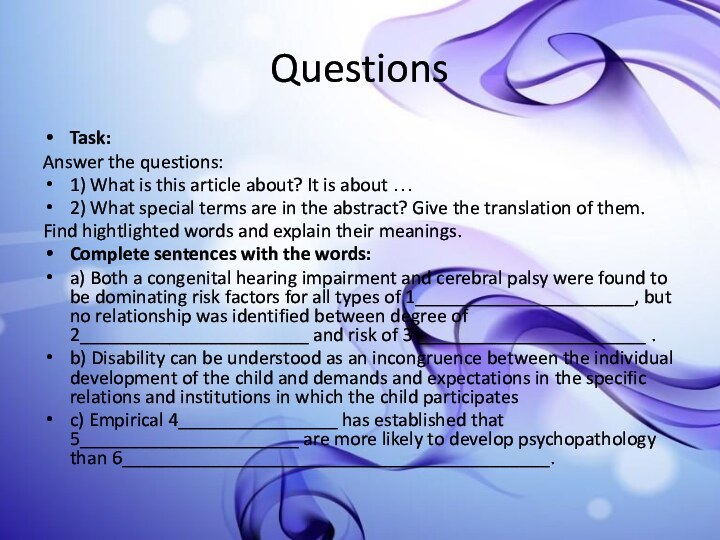Слайд 2
How do you spell your name?
Слайд 5
Pronouns - Местоимения
I – my
You – your
He –
his
She – her
It - its
We - our
They – their
Я – мой
Ты, вы, Вы – твой, ваш, Ваш
Он – его
Она – ее
Оно, это –его, ее
Мы – наш
Они - их
Слайд 6
Nice to meet you!
Hello/Hi!
Goodbye! Bye!
See you!
What is your name/surname? My name is …
How old are you? I’m nineteen/twenty…
Where are you from? I’m from Kazakhstan.
What do you do? I’m a student/teacher.
I’m an artist.
How are you?
I’m fine/OK/bad.
Have a nice day!
Thank you! You’re welcome.
Nice to meet you. Nice to meet you too.
Слайд 7
Introduction
Hello. What's your name?
Tom.
Are you Tom Banks?
No, l'm
not. I'm Tom King.
You're in room 2.
Sorry?
You are in
room 2.
OK. Thank you.
Excuse me.
Hello. Are you Tom?
Yes. Nice to meet you.
Nice to meet you.
Am I late?
Yes, you are.
Sorry!
Слайд 8
Colours
What is your favorite colour?
My favourite colour is
blue.
My favourite colours are red and pink.
Слайд 22
I Like/Love/Don’t like/+V-ing
What do you like doing?
I like
reading/dancing/dreaming/ surfing the Internet.
What don’t you like doing?
I don’t
like cleaning the house/washing the dishes.
I love going out/chatting with my friends.
I hate dancing/knitting.
Do you like watching movies? + Yes, I do.
- No, I don’t.
Слайд 23
Yes or No?
Hello / Hi
Goodbye
Thank you
Please
I’m sorry/ Forgive
me
Excuse me
Always
No
Yes
Слайд 24
Can you read?
[‘saikl]
[‘sei]
[teik]
[bait]
[pəul]
[dei]
[flu:t]
[nju:]
[‘pi:tə]
[‘bi:və]
[dȝim]
[gugl]
[gɜ:l]
[nɜ:s]
[‘a:tist]
[‘məudəl]
[pə’li:s]
[ti’tʃə]
[‘ri:də]
[peint]
[plei]
[‘æƟlit]
[bæt]
[kuk]
[‘pailət]
[steik]
[smail]
[weitə]
[‘æktris]
Слайд 25
+ To be
Singular
I am a student (I’m) /
I am happy
You are a doctor (You’re) / You
are sad
He is a dentist (He’s) / He is hot
She is an actress (She’s) She is clever
It is a dog (It’s) / It is brown
Слайд 26
+ To be
Plural
We are teachers (we’re)/ We are
hungry
You are cooks (you’re) / You are thirsty
They are
pilots (they’re)
/ They are cold
-
Am I sad?
Is he a magician?
Are
you a singer?
Are we nurses?
Is it a cat?
Are they clever?
I am not (I’m not) sad.
He is not (isn’t) a magician.
You are not (aren’t) a singer.
It is not (isn’t) a cat.
They are not (aren’t) clever.
Слайд 28
Numbers
56
759
2456
31900
104227
8923458
34271891
What is your telephone number?
My telephone
number is 87772345678
(eight-seven-seven-seven-…)
Слайд 29
23+57=80
twenty plus fifty seven is eighty
79+11=
142-32=
567+33=
111-87=
1567-876=
25890+110=
3489660-1824560=
Слайд 30
Plural
Book
Memory
Dance
Dress
Hero
Wolf
Boy
Man
Child
Tooth
News
Progress
Toy
Girl
Woman
Dog
Cat
Watch
Lady
Day
Monkey
Loaf
Dream
Goose
Mouse
Ox
1 variant
2 variant
Слайд 31
Possessive case
Singular
Boy’s toy
Woman’s bag
Cat’s tail
Tom’s car
Adam’s wife
Jane’s eyes
Plural
Boys’
toys
Cats’ eyes
The Potters’ house
Women’s bags
Children’s toys
Mice’s tails
Слайд 32
Professional foreign language
Professional foreign language as an educational
discipline.
Special terminology.
Scientific style.
Слайд 33
Key words
profession
term
language
style
science
training
development
mental functions (perception, memory, thinking, volition,
emotion)
cognition
knowledge
research
abstract
article
journal
Слайд 34
Key questions
What does mean “professional language”?
What is term?
What kinds of terms do students use in their
profession?
What are ways of word-formation?
What is a style? What styles do you know?
What is science? What are basic elements of scientific method?
What features of scientific style?
Слайд 35
Recommendations:
First students work with Glossary and find the
meaning of necessary key words.
Make up a list of
special terms you use in their profession and learn them.
Study ways of word formation and complete practical exercises.
Reading the text about scientific style. (Text #1)
Analyze the abstract of the article as an example. (Text #2)
Grammar
1. Review of noun categories: plural forms, article, possessive case, singular and plural forms.
2. Verb to be in Present, Past and Future Tenses.
3. Personal and possessive pronouns.
4. Word-formation rules.
Слайд 36
What is science?
Science is “knowledge attained through study
or practice” or “knowledge covering general truths of the
operation of general laws, esp. as obtained and tested through scientific method and concerned with the physical world”. (English Comprehensive Dictionary)
Слайд 37
Scientific Method Basic Elements: Formulation of a question,
Hypothesis, Prediction, Testing, Analysis
DNA example
The basic elements of the scientific
method are illustrated by the following example from the discovery of the structure of DNA (Deoxyribonucleic acid):
Question: How genetic information was stored in DNA?
Hypothesis: Linus Pauling, Francis Crick and James D. Watson hypothesized that DNA had a helical structure.
Prediction: If DNA had a helical structure, its X-ray diffraction pattern would be X-shaped.
Experiment: Rosalind Franklin crystallized pure DNA and performed X-ray diffraction to produce photo 51. The results showed an X-shape.
Analysis: When Watson saw the detailed diffraction pattern, he immediately recognized it as a helix.
Слайд 38
Disability as a risk factor? Development of psychopathology
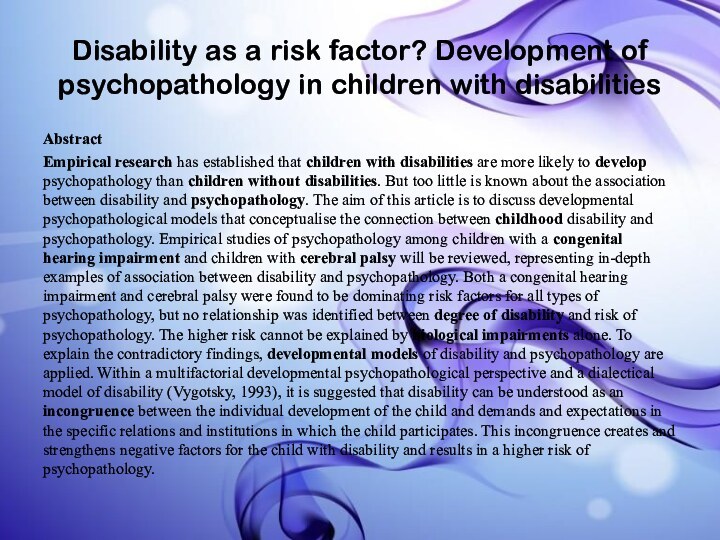
in children with disabilities
Abstract
Empirical research has established that children
with disabilities are more likely to develop psychopathology than children without disabilities. But too little is known about the association between disability and psychopathology. The aim of this article is to discuss developmental psychopathological models that conceptualise the connection between childhood disability and psychopathology. Empirical studies of psychopathology among children with a congenital hearing impairment and children with cerebral palsy will be reviewed, representing in-depth examples of association between disability and psychopathology. Both a congenital hearing impairment and cerebral palsy were found to be dominating risk factors for all types of psychopathology, but no relationship was identified between degree of disability and risk of psychopathology. The higher risk cannot be explained by biological impairments alone. To explain the contradictory findings, developmental models of disability and psychopathology are applied. Within a multifactorial developmental psychopathological perspective and a dialectical model of disability (Vygotsky, 1993), it is suggested that disability can be understood as an incongruence between the individual development of the child and demands and expectations in the specific relations and institutions in which the child participates. This incongruence creates and strengthens negative factors for the child with disability and results in a higher risk of psychopathology.
Слайд 39
Keywords: Cerebral palsy; Deafness; Developmental psychopathology; Disability; Hearing
impairment; Vygotsky's defectology;
Development Key Words: hearing-impaired children; cerebral-palsy;
psychiatric disorder; mental health; physical-disabilities; behavior problems; prevalence; deaf; hemiplegia; individuals
Research Areas: Education & Educational Research; Rehabilitation
Language: English
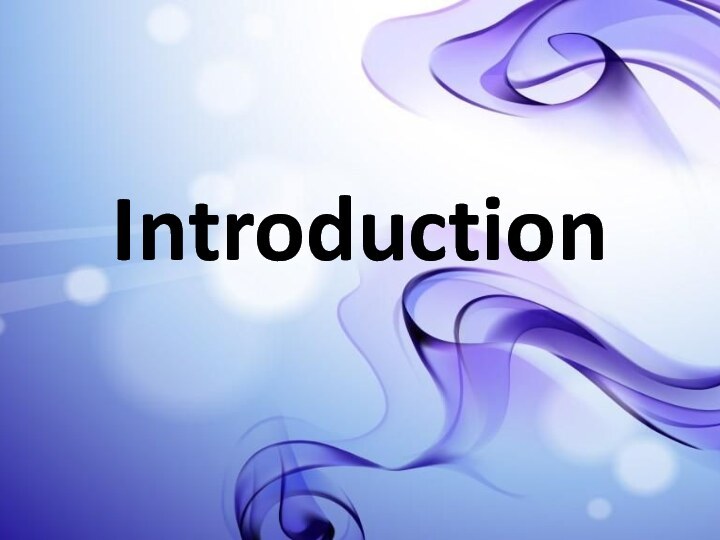
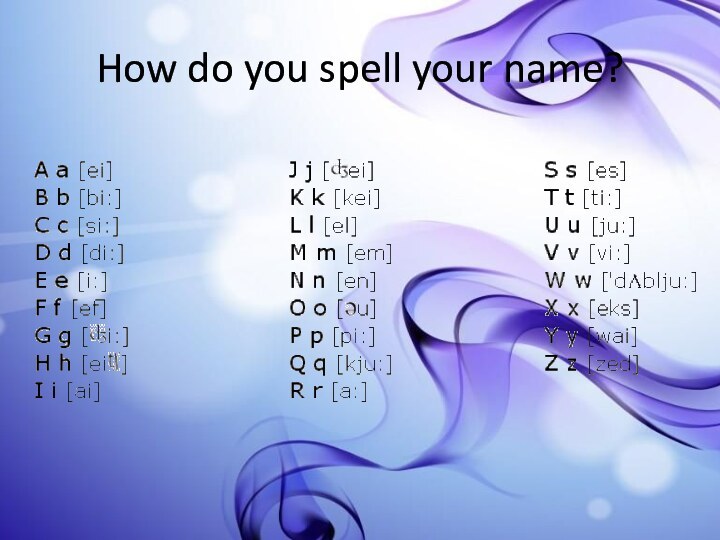
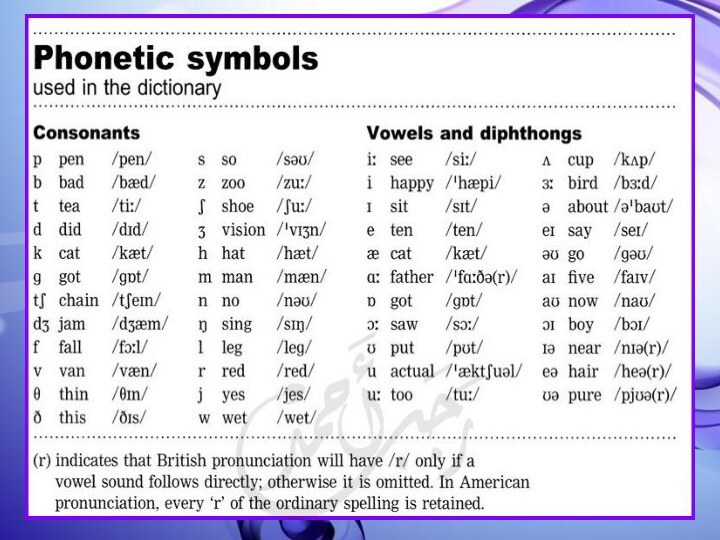
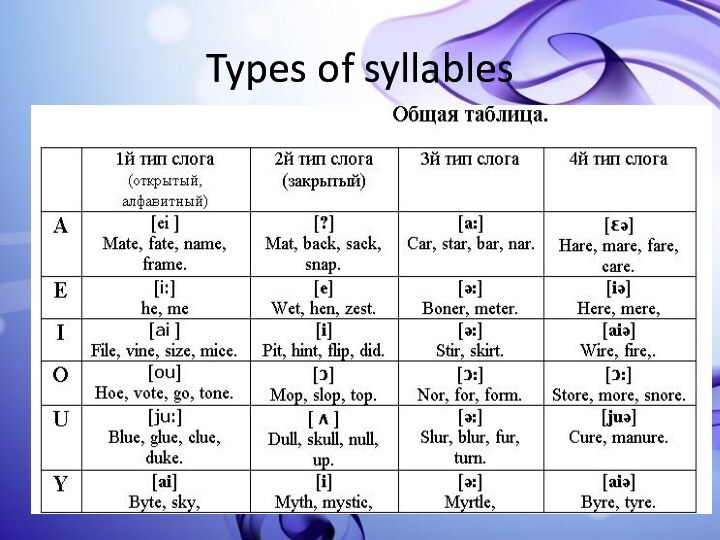

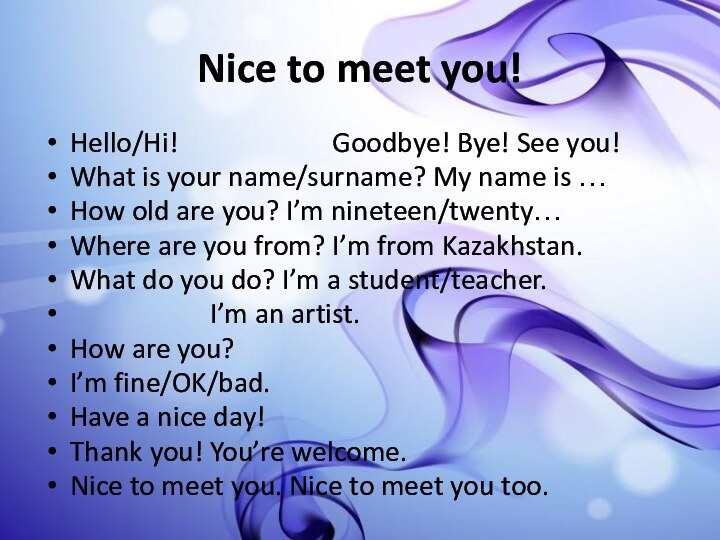
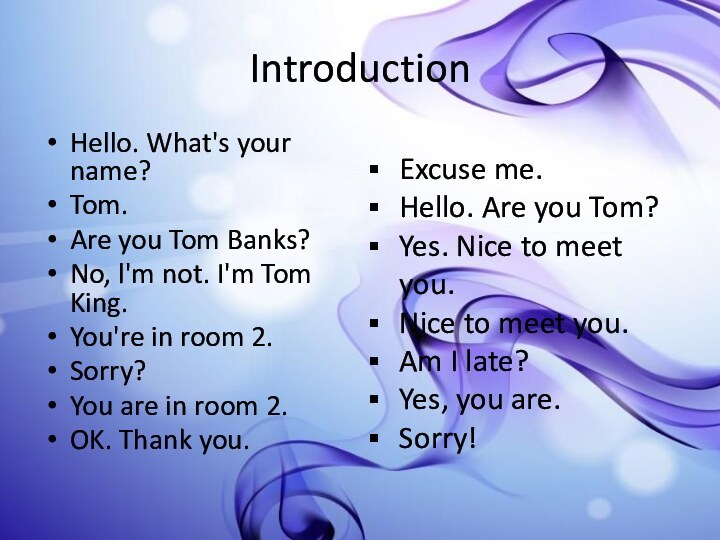
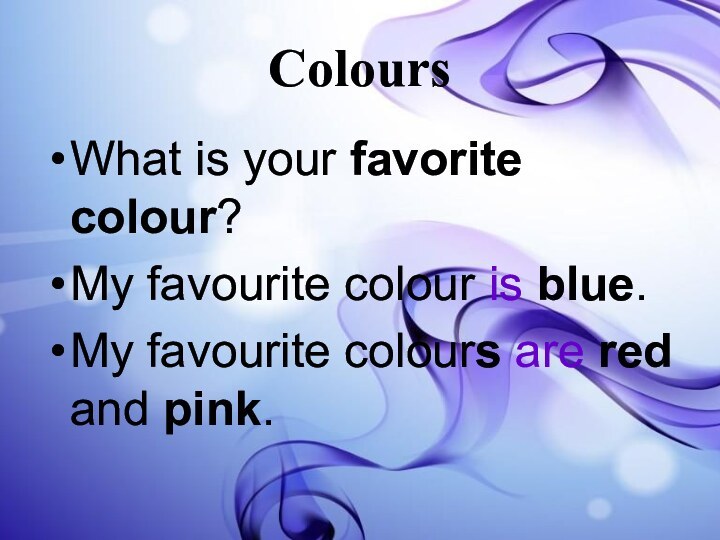
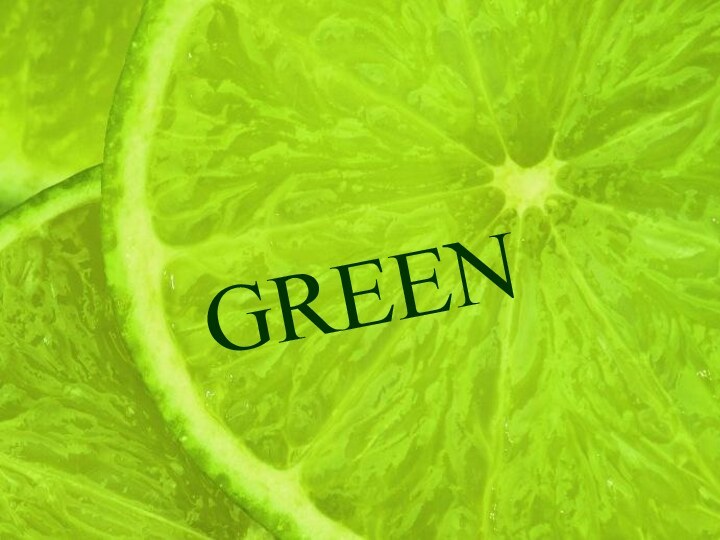
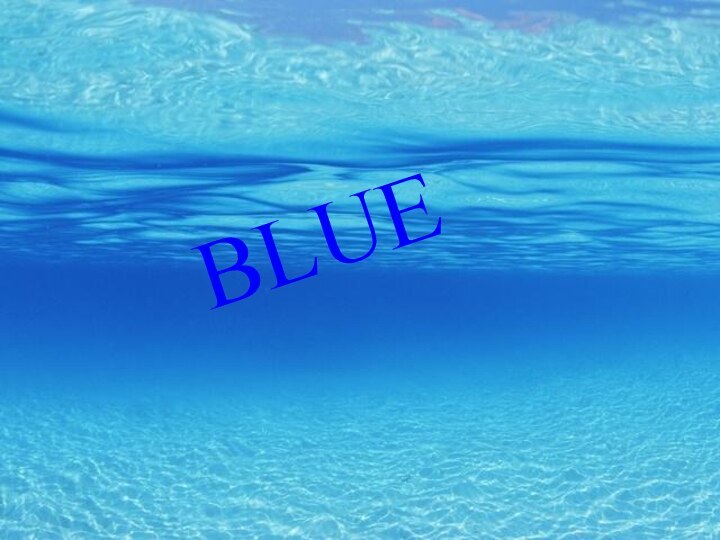
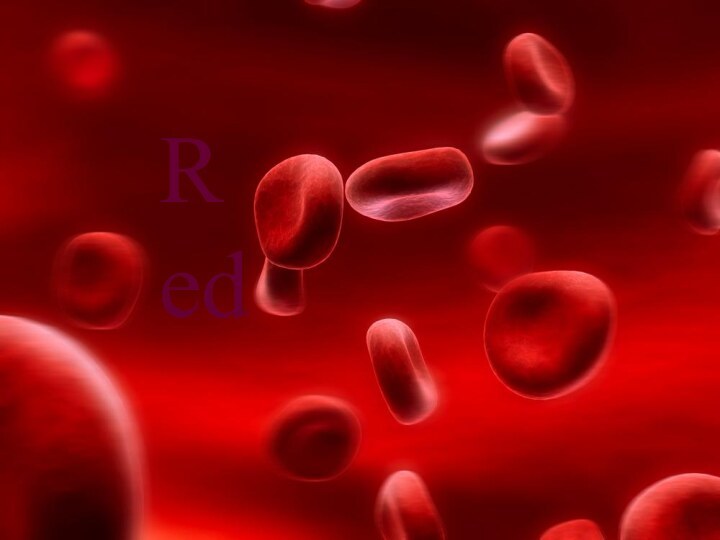
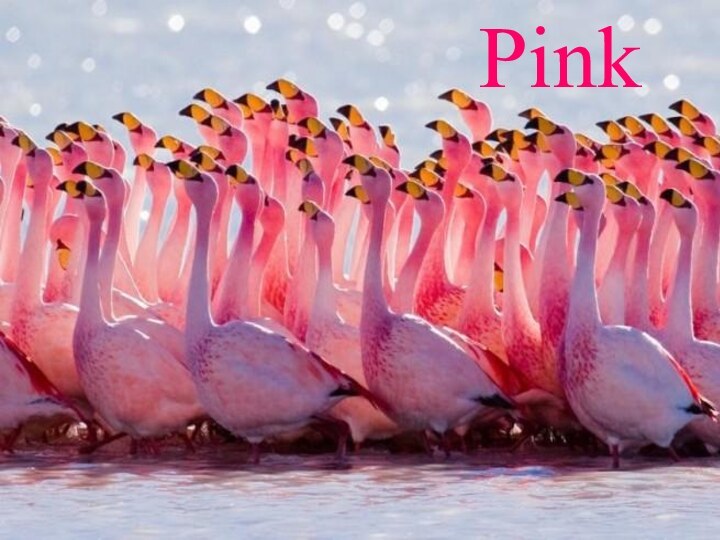

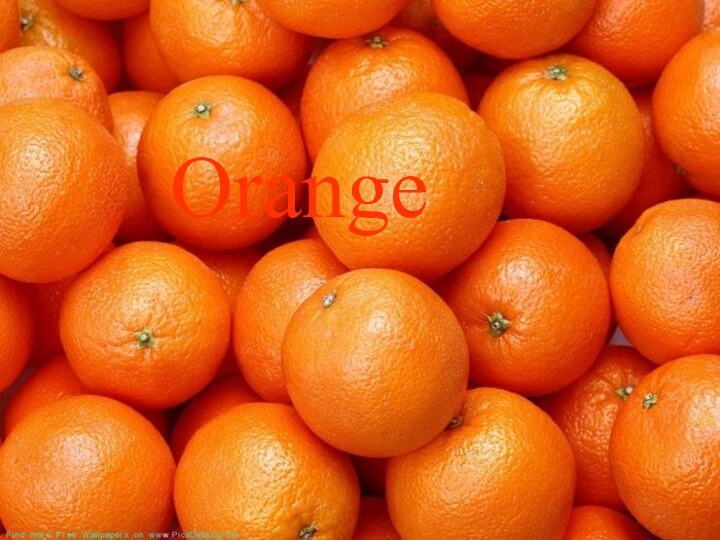


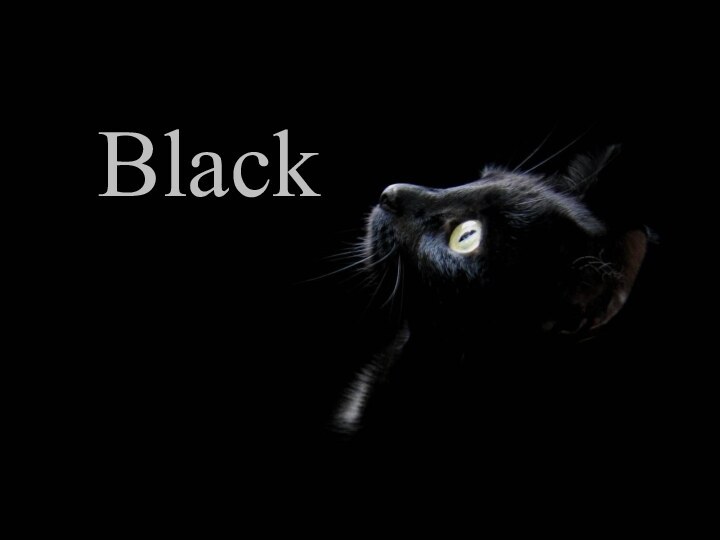

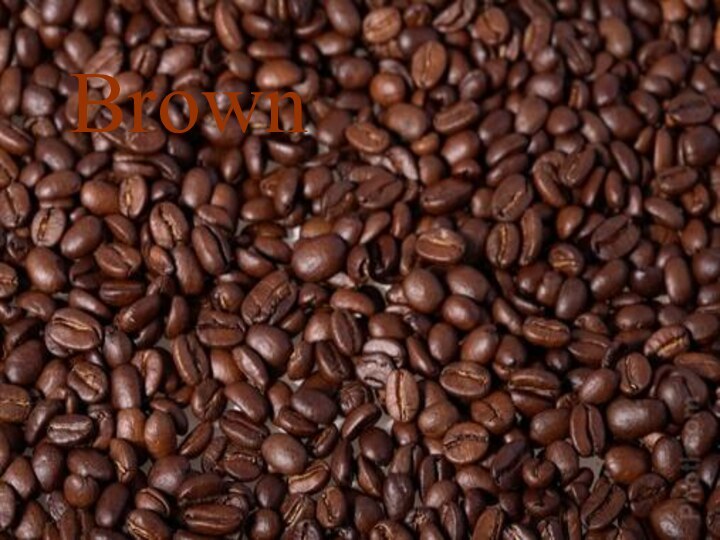
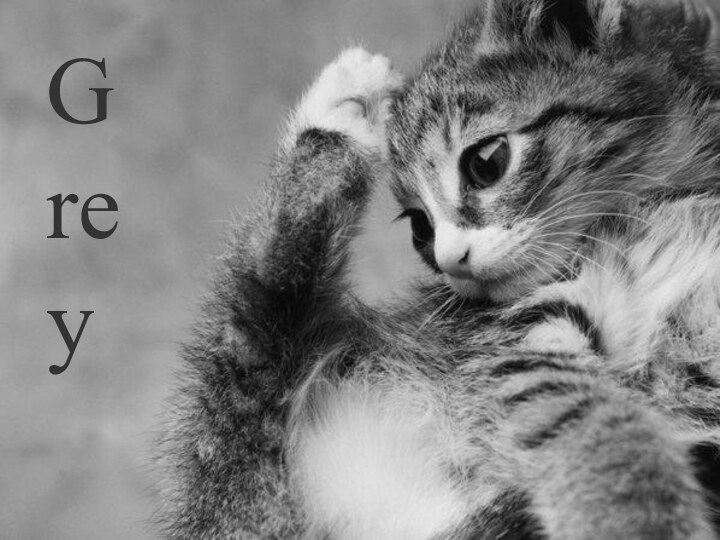
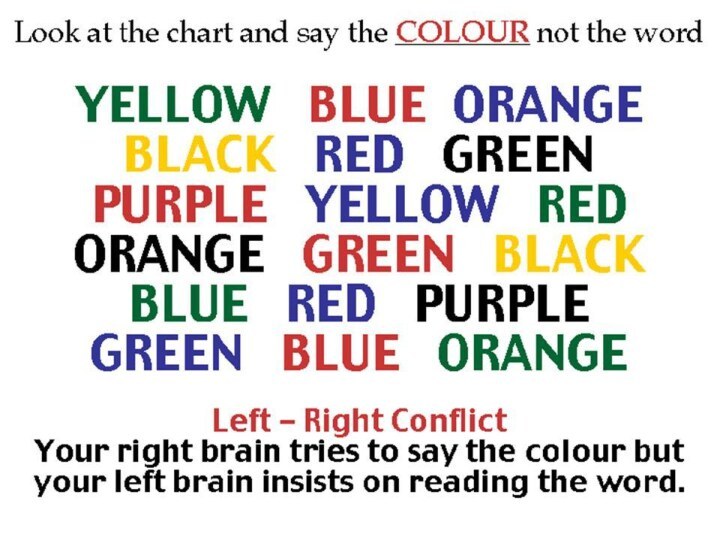
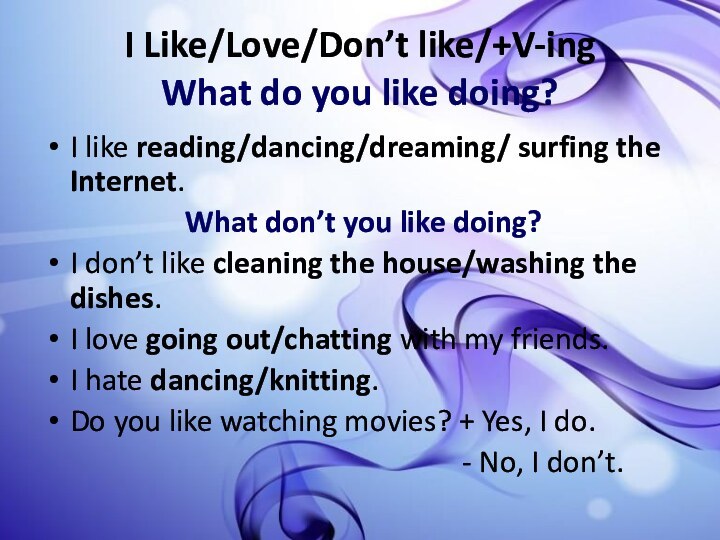
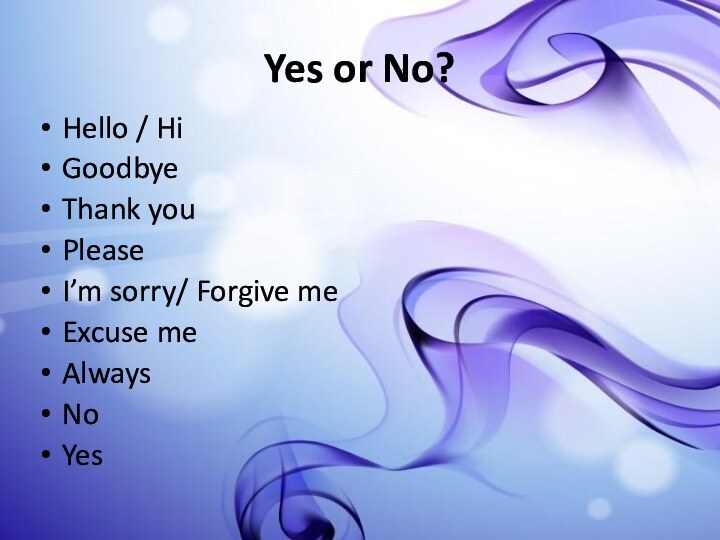
![Introduction Can you read?[‘saikl][‘sei][teik][bait][pəul][dei][flu:t][nju:][‘pi:tə][‘bi:və][dȝim][gugl][gɜ:l][nɜ:s][‘a:tist][‘məudəl][pə’li:s][ti’tʃə][‘ri:də][peint][plei][‘æƟlit][bæt][kuk][‘pailət][steik][smail][weitə][‘æktris]](/img/tmb/14/1303810/719cc67792e55cd335717e437f3fd5b7-720x.jpg)
